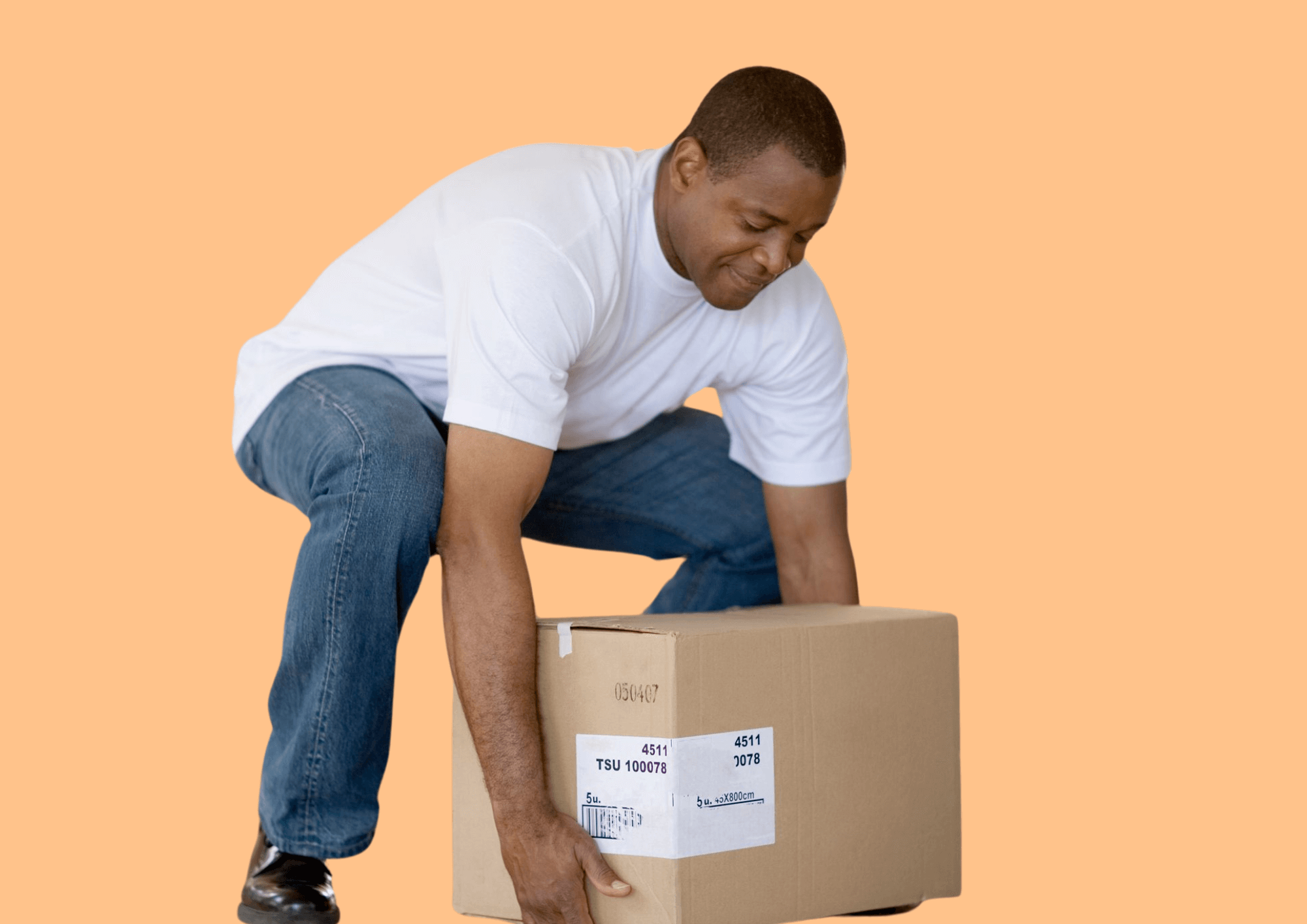Imagine this: You lift a heavy object or make an unusual movement and suddenly an unexpected, sharp pain shoots through your lower back. Lumbago can affect anyone and have a significant impact on daily life. Not only acute pain in the lumbar spine, but also a severe restriction in mobility are the consequences of this intense spasm of the back muscles. In this article, we take a closer look at lumbago - from causes, duration and symptoms to treatment and prevention.
What is lumbago?
The term "lumbago" or acute lower back pain describes a sudden, sharp pain in the back. Although lumbago can affect the entire spine up to the neck, sufferers generally report pain in the lumbar vertebrae. The feeling of sudden, severe pain in the lower back is unfortunately familiar to many: According to Physiopedia, up to 80% of all people will experience lumbago at least once in their lifetime - often those people are between the ages of 30 and 50.
The typical symptoms of lumbago include:
- A sudden and sharp pain in the lower back and sacrum, sometimes extending into the buttocks and legs.
- Restricted movement, especially when walking, bending, twisting or straightening up. This can lead to a bent forward posture.
- A noticeable tightness of the back muscles.
Duration and course of lumbago
Lumbago without a specific cause, such as damage of the sciatic nerve, vertebral joints or intervertebral discs, is usually relatively uncomplicated and normally subsides on its own within a few days. The rule of thumb here is: After two to three days, the severe pain should subside, and after four to five days, most of the discomfort (including restricted movement) should have subsided. It is quite normal for mild back pain or muscle tension to persist for a few days longer, but the healing process should be complete after 14 days at the latest.
If the pain persists for longer than 14 days, it is no longer referred to as acute lumbago - this kind of back pain is probably due to a different cause. In this case, we urgently recommend a medical examination to rule out serious causes such as a herniated disc by means of a physical examination or imaging procedures.

How does lumbago develop?
The causes of lumbago can be diverse, but it is often the result of untypical movements or excessive strain on the muscles and ligaments in the lower back. Sudden movements can lead to lumbago, especially after long periods of rest. Typical triggers are
- Lifting heavy objects incorrectly
- Sudden twisting movements of the upper body, such as when getting out of bed or out of the car
- Sitting or standing for long periods in an awkward position or incorrect posture
- Injuries or physical trauma such as falls or accidents
- Cold temperatures and draughts.
Certain individuals are at a higher risk for lumbago, including
- People who work hard physically
- People with poor posture, weak back muscles or a general lack of exercise
- People who suffer from chronic psychosocial stress
How can I treat lumbago?
As already mentioned, lumbago usually subsides on its own. However, the recovery process can be positively influenced by a number of measures. These measures are aimed at relieving pain, restoring mobility and preventing relapses. We recommend
- Supportive positioning: Supportive positioning relieves pressure on the spine and relaxes the back. To do this, lie on your back, bend your legs at a 90-degree angle and rest your calves on a chair or any raised surface.
- Heat applications: A warm shower or applying hot water bottles or heat patches can help relieve pain and tension and is a popular home remedy.
- Painkillers: As an immediate aid, conventional NSAID medication (non-steroidal anti-inflammatory drugs) such as ibuprofen or diclofenac can be used for short-term pain relief. In particularly severe cases, local injections may also be considered.
- Light exercise: Targeted exercises and light movement can also help to relieve tension and improve mobility.
- Massage: A medical masseur may be able to loosen up the tense back muscles through massage, which can also help to relieve pain.

How can I prevent lumbago in the future?
The following preventative measures can help to prevent future lumbago.
- Regular exercise: Targeted exercises to strengthen the back and core muscles and improve flexibility can help to increase the resilience of the back.
- Correct posture: Ensure good posture both at rest and when moving. When lifting heavy objects, it is important to use the correct technique to avoid overloading the spine.
- Ergonomic workplace design: Set up your workplace in a way that promotes optimal posture and avoids unnecessary strain on the back.
- Weight control: A healthy body weight reduces the strain on the spine and reduces the risk of various back problems, including lumbago.
- Stress management: Mental stress favors the development of illnesses or injuries - stress management techniques can therefore help prevent lumbago. Yoga, breathing exercises and MBSR meditation have been proven to support both mental and physical health.
Fabienne Büchi, Akina's in-house physiotherapist, emphasizes that prevention is better than cure:
"Lumbago is like an unwanted, unexpected guest - if it's already there, you can make its presence more pleasant with a few tips and tricks, but prevention is the key to keeping this uninvited guest away in the future. Show them who's in charge with regular exercise, good posture and a healthy lifestyle!"

Pain-free thanks to exercise therapy with Akina
When certain movements cause pain, many sufferers try to limit or avoid this type of movement. However, long-term immobilization has a negative effect on pain, as the unused muscles are broken down and the tendons and joint capsules contract. As a result, movements can only be performed with greater pain or not at all. In addition, avoiding certain movements leads to poor posture and tension, which further exacerbates the pain. Regular back training can counteract this.
However, it is not only strengthening the back muscles that has a positive effect on the perception of pain. Targeted exercise releases happiness hormones, which - like painkillers - have a pain-relieving effect. It is therefore important to motivate yourself to exercise regularly and over the long term to promote your health.
And that's exactly what Akina is for. Our AI-based training software supports you with therapeutic training at home. Regardless of whether you have chronic or acute back pain, whether it is non-specific or caused by an injury or illness: We have the right training program for you.
Our interactive software recognizes your movements via the camera on your laptop and gives you valuable feedback in real time. Your physiotherapist can track your progress and deficits via our platform and give you additional tips to make your training even more effective. But that's not all: you can indicate your pain level after each training session - changes in your perception are recorded and the training intensity can be further adapted to you. We are aware that not only the body but also the mind plays an important role in treatment. That's why our training program is supplemented by stress-reducing mindfulness meditations and informational content.




